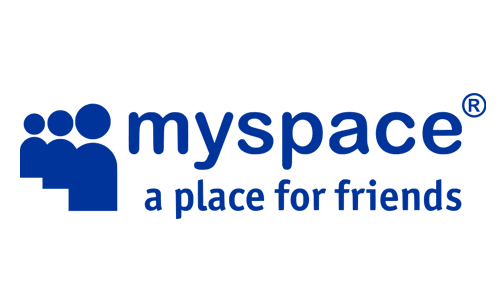Viant co-founder: Myspace deal is about leveraging data to better serve you ads


On Thursday it was announced Time Inc. is buying advertising-firm Viant for an undisclosed sum. Boring, right?
But at the center of the Viant deal is an Internet legend. The first social network to take our attention, and "selfies" before they were called "selfies" -- Myspace. The once-budding social network was acquired in 2011 for $35 million by Viant and is a part of the deal with Time announced on Thursday.
For Viant, selling was never the intention. Its advertising business was growing and there weren't any investors breathing down its neck forcing a sale. A deal with Time came about as Viant looked for more cash, but instead of filling its bank with capital to grow, it saw a huge opportunity in one of the US' big media power houses.
So what does Time want with a social network? It's not the direct competition with Facebook that the company is after. It's the data on you.
"We are able to leverage registered users of Myspace to deliver personalized advertising to consumers," Chris Vanderhook, co-founder and COO of Viant, told ZDNet. "We are able to show very personalized ads."
Viant was founded in 1999 by Chris and his brothers Tim and Russ. It has several brands, including Specific Media, Vindico, and Xumo. Viant linked with Time through its Xumo venture, which helps serve digital content through televisions.
Viant's advertising technology is not about cookies, like traditional web ads, tracking the websites you visited in the past. Viant goes much deeper to understand your interests and likes.
Chris Vanderhook, COO and co-founder, of Viant.
"Marketers are flocking to registered user platforms," Vanderhook continued. "Time being that they do have a lot of subscribers, was looking for a technology platform that could help activate their data. They saw what the Viant ad cloud was doing with Myspace's data."
Launched in January 2015, Viant's Advertising Cloud product represents 40 percent of its revenue. "Marketers are moving their money to people based platforms, because it offers better targeting and better results for their campaign," Vanderhook said.
For Myspace the product, "the future looks really good," Vanderhook said. Myspace will continue to run independently, while garnering high-quality content from Time that could help drive engagement on the website. Vanderhook says Myspace is largely entertainment and music content, and it now has access to Time's resources, to grow.
Viant says it has over 1 billion registered users on Myspace, 13 billion photos, and 20 to 40 million people accessing the site every month. When you come to Myspace the goal isn't to serve you an ad. It's so Viant can then use the data to market to you on Time's properties and across the web.
"[Myspace] is not the social network that it once was, but it gets a lot of traffic. We get a lot of people that come back to the site, and we have a large email channel and we interact with a lot of them...The goal isn't to show ads on Myspace. It's leveraging the data on the open web. When marketers come to us, they know that we can create personalized advertising for them to be relevant to consumers."
Why would someone use Myspace rather than Twitter or Facebook? "I think that people use them all. Certainly people aren't checking Myspace as much as Instagram or Facebook. Month to month, we may not getting people checking ten times a day. Our number one activity is photo viewing."
Interestingly, Thursday is Myspace's biggest day in terms of photo hits, because of "Throwback Thursday" a trend on Facebook and Twitter to post old photos -- often saved from Myspace.
"Our goal when they log-in is to engage them in relevant content we help produce with our partners."
Time spun off from parent company Time Warner in 2014 and is working on navigating the online content world as it moves away from print. The company reported earnings on Thursday of $877 million, down two percent from the previous quarter. Digital advertising was up 17.2 percent to $102m, while print and other advertising fell to $382m -- a 6.6 percent decline.